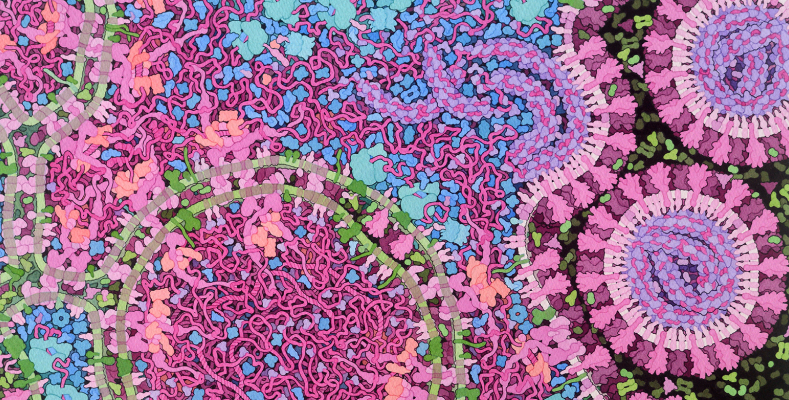
Biologics accounted for more new drug approvals than did small molecules for the first time in 2022, marking a significant shift in the pharmaceutical industry (1). Large molecule pipelines are also moving from standard monoclonal antibodies (MAbs) to more complex and difficult-to-express molecules, which intensifies pressure on the industry to meet biomanufacturing demands. There is a pressing need for innovative Chinese hamster ovary (CHO)–based bioproduction systems to keep pace with this evolving landscape.
While multiple areas of cell-line development (CLD) have improved over the years, advances in expression vector design have lagged behind other technologies. Most expression vectors still rely on a “one-size-fits-all” approach across molecules in which the coding sequences (CDSs) of different therapeutic proteins are inserted into fixed plasmids made up of legacy genetic parts. That method often results in suboptimal expression, increased manufacturing costs, and delays in clinical development for both MAbs and other, more complex modalities.
Asimov’s CHO Edge system builds on the current state of the art for CLD by integrating expanded genetic tools with data-driven models. The system includes a glutamine synthetase (GS) knock-out CHO host — and a Fut8/GS double knock-out also is available for afucosylated antibody production — with a proprietary hyperactive transposase for genomic integration, a library of more than 2,500 characterized genetic elements, and Kernel computer-aided design software for vector design and simulation.
The integrated system routinely achieves titers of 5–10 g/L across modalities in a four-month CLD timeline (Figure 1). The entire system can be licensed and also is offered as a CLD service with a disruptive commercial structure. The cost of a campaign is linked directly to research cell bank (RCB) performance: If a generated RCB expresses a MAb at <4 g/L, then the CLD campaign and all commercial-use rights will be free of charge.


